Since 2007, teams of dedicated volunteer ORCA Marine Mammal Surveyors have been invited on board Saga cruise ships to provide guests with incredible wildlife experiences through delivering presentations, running deck-watches, and generally being on hand to talk about any wildlife seen on the trips. ORCA Marine Mammal Surveyors collect vital data on the whales and dolphins they see during these trips, whilst also being out on deck to help guests to spot and identify the marine life they are seeing for themselves.
In June, Charlotte, Chris, Maija and Phil joined guests on board Saga’s Spirit of Discovery for an incredible trip to Iceland, with some fantastic cetacean sightings! Team Leader Charlotte, shares her and the team's experience on board:
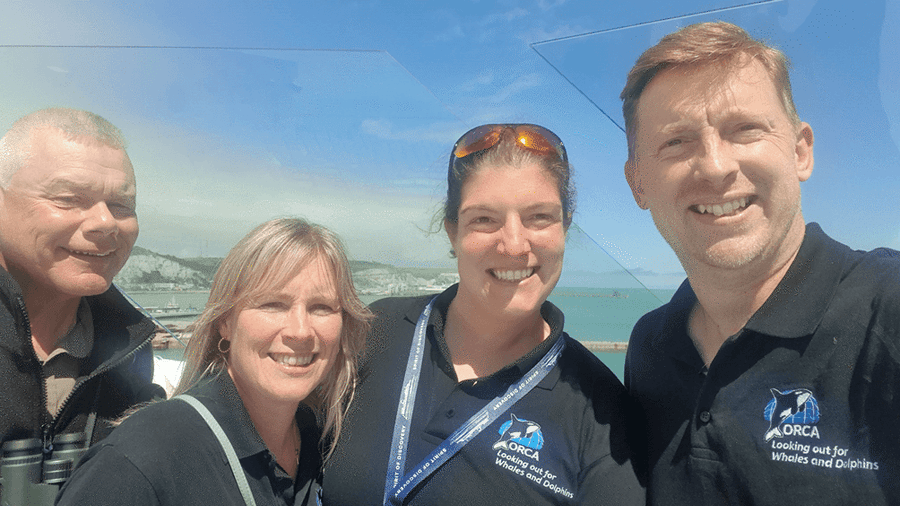
On the 22nd June the ORCA team met at the Port of Dover ready to join Saga's Spirit of Discovery for her voyage to Iceland. Once aboard, we took our usual team photograph out on deck 14, completed the mandatory safety drill, unpacked and attended a meet and greet with the Cruise Director and fellow entertainers. Once dinner and a team debrief was had, we opted for an early night.
Our first morning at sea placed us level with Hull, and it wasn’t long until the team had a sighting of a grey seal, followed by a small pod of bottlenose dolphins. Wildlife Officer, Chris, delivered the team’s introductory presentation in the Playhouse Theatre, where he discussed ORCA's conservation work and the wildlife that guests may be lucky to see during the trip.
In the North Sea we were surprised when we began to see the blows of large whales and recorded a minke whale that passed close to the ship, giving the team and guests on deck an amazing view of the animal.
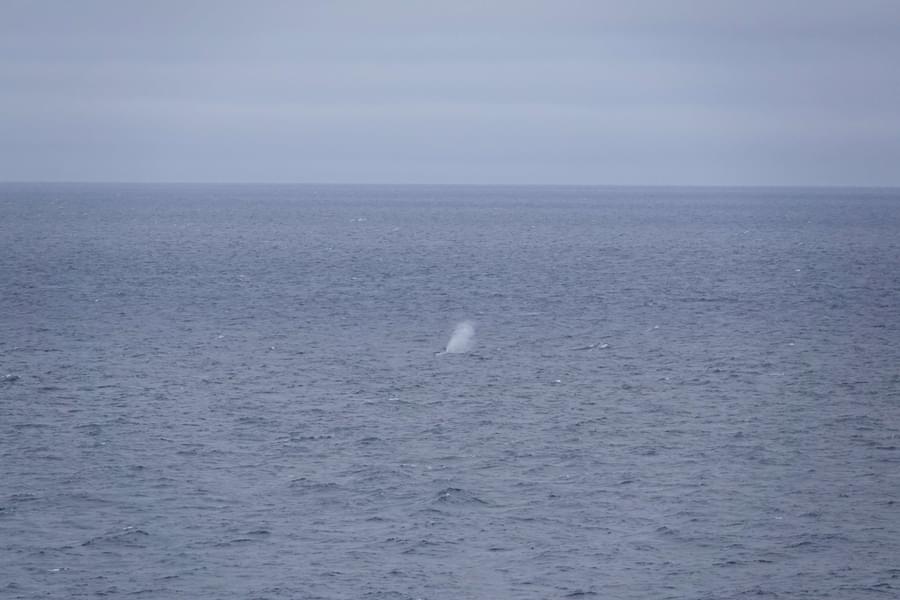
Our first port of call was Kirkwall, the largest town on Orkney. The ORCA team had our second species of pinniped, this time a common/harbour seal, along with more grey seals hauled out on the shore. On the sail out of Kirkwall a group of white-beaked dolphins came to investigate the pressure wave that the ship creates to ride the bow.
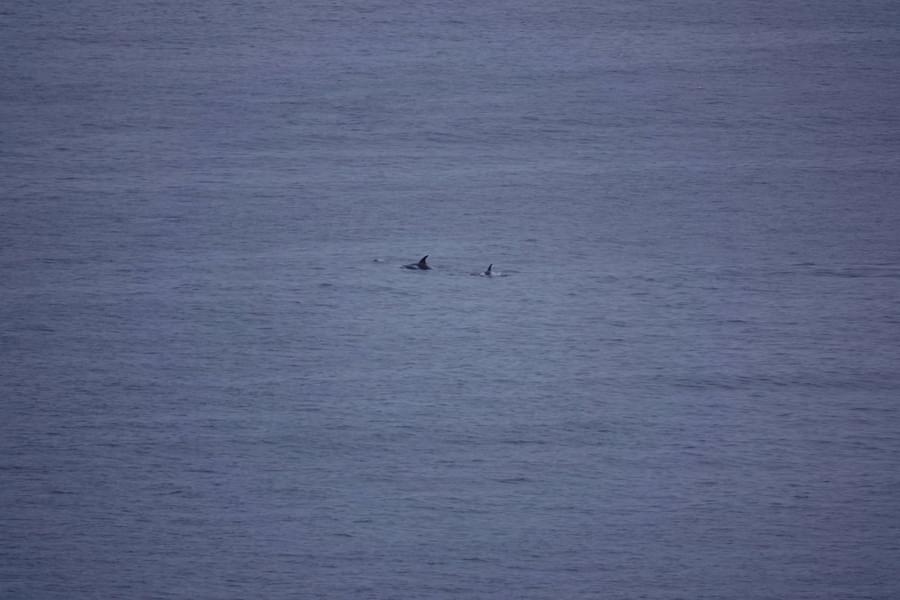
The following morning, in a fairly high sea state, the team along with some hardy guests witnessed Sowerby’s beaked whales breaching multiple times clear out of the water. Sowerby's beaked whales are very shy animals, so little is known about their behaviours. Most of the information we have about this species is unfortunately taken from strandings, as they are not commonly seen at sea. These deep diving whales can get up to 5.5m long and were a fantastic sighting for the team and guests!
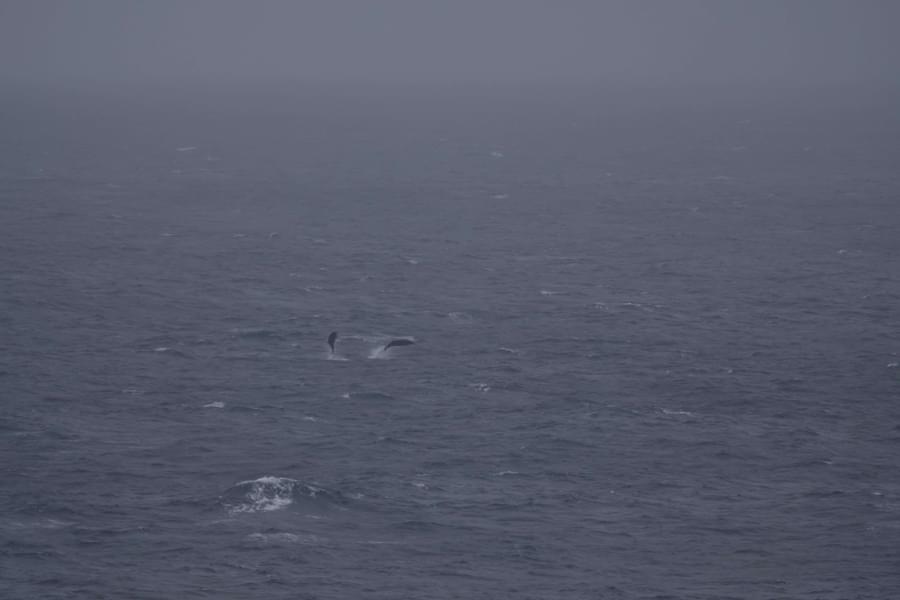
Our first stop in Iceland was Seydisfjordur. The team were out on deck prior to entering the fjord in perfect conditions for spotting cetaceans. We began seeing humpback whales, white-beaked dolphins, harbour porpoises and minke whales. Once docked the team went ashore to find their land legs and to witness first-hand the gorgeous scenery. Breathtaking waterfalls shared the landscape with beautiful purple lupins. As we left Seydisfjordur the team were out on deck hopeful to see some of the wildlife we had seen in the morning, but unfortunately heavy fog reduced the visibility, and hindered our ability to record any cetaceans.
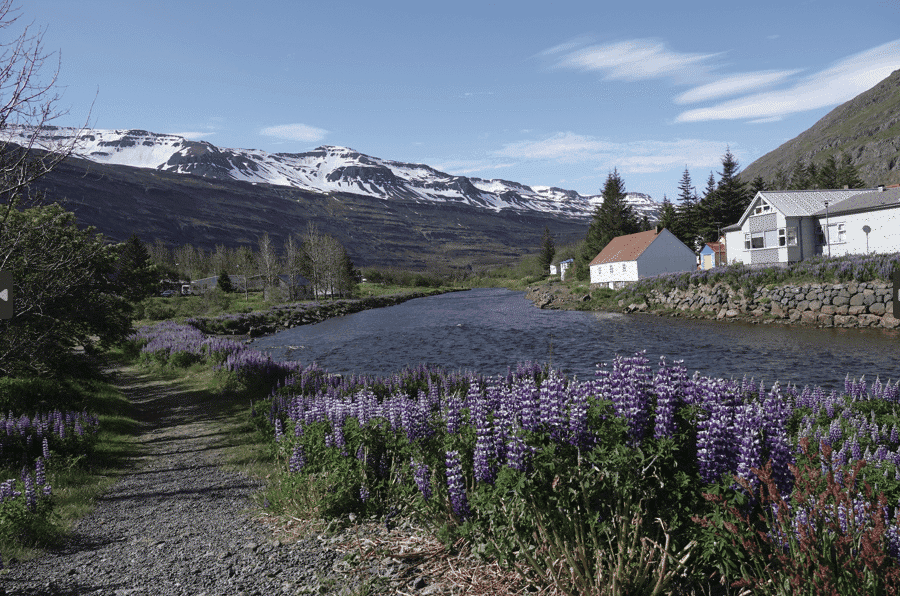
Our next stop was Akureyri, which is renowned for sightings of whales. Unfortunately, the fog from the evening before was still with us as we entered the fjord, limiting our chances of recording any cetaceans.
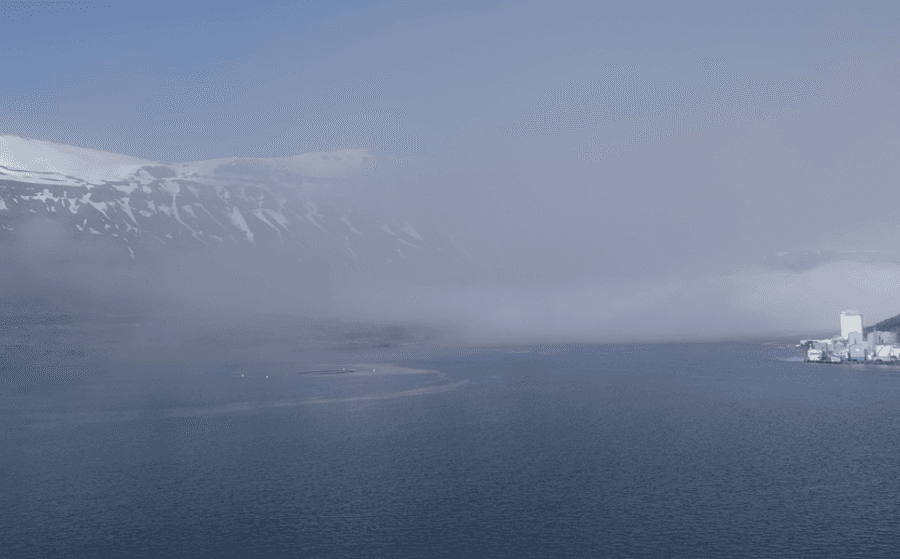
What do ORCA teams do on a port day in an area renowned for whales? We book to go out on a whale watching tour of course! Many of our guests were also on the same boat trip, and what a trip it was with multiple sightings of humpback whales and porpoising harbour porpoises. Upon sail away the team, confident of seeing cetaceans, had contacted the bridge of the ship and the Captain announced over the tannoy that anyone interested in wildlife should join us out on deck. Within moments the team were showing guests humpback whales and soon there were cries on both the port and starboard side of “Blow, blow, blow!” with a total of 33 individual humpback whales seen. A small pod of Atlantic white-sided dolphins and white-beaked dolphins were also recorded.
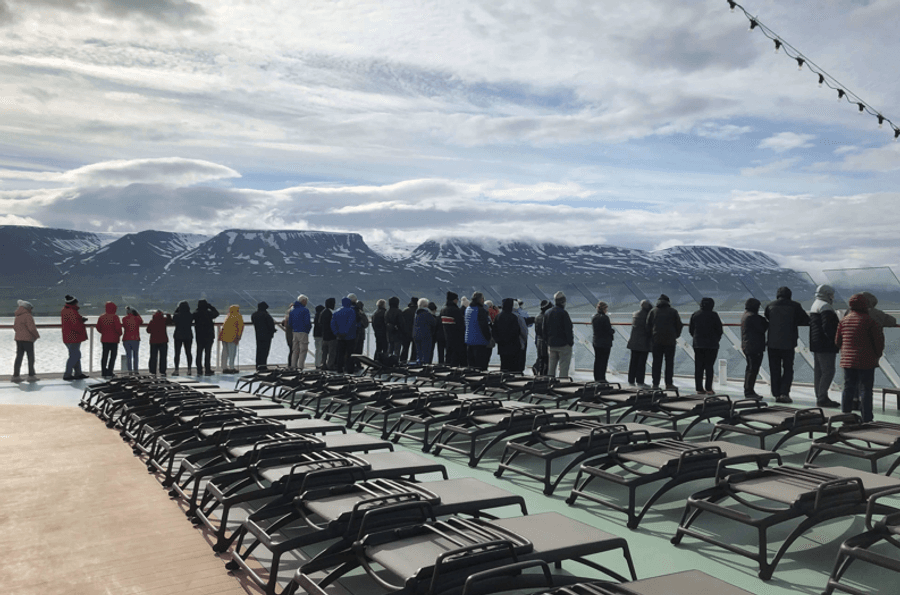
Isafjordur welcomed us with a calm sea state, cool temperatures and sunny skies. Perfect conditions for picking up sightings of the shy harbour porpoise. We also recorded blows of humpback whales and the ever-ready white-beaked dolphins. Maija and I took a local bus ride around the island to take in the sights and scenery. Although we had some challenging weather conditions when we set sail that evening, we still recorded sightings of harbour porpoises and humpback whales.
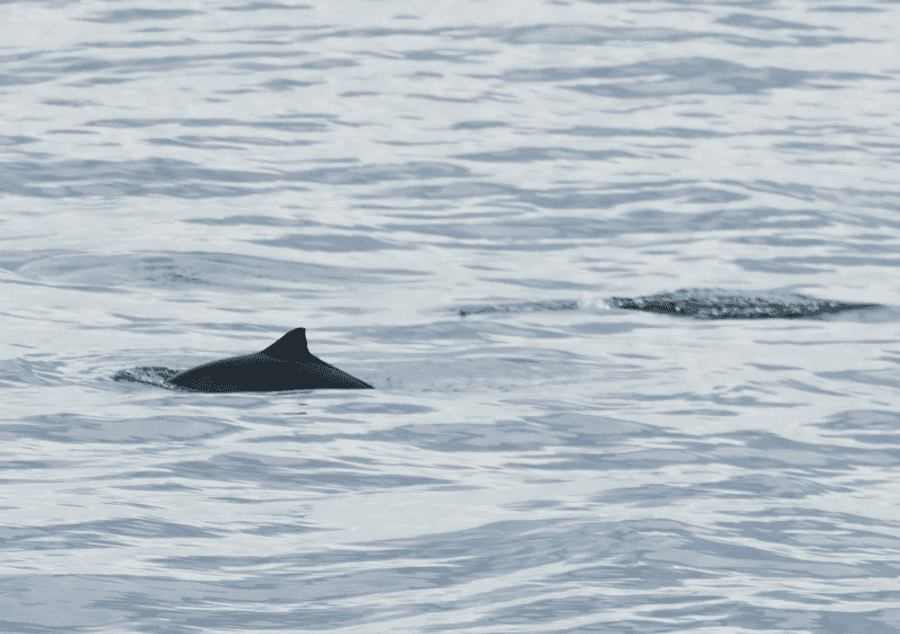
The next day we arrived in Reykjavik. Iceland’s capital brought us sightings of the world’s second largest whale, the fin whale. Fin whales can grow up to 27m in length, and have a blow up to 8m high. This species has asymmetrical jaw colouring; the left lower jaw is grey whilst the right lower jaw is white. Upon our departure from Reykjavik these large whales had disappeared making way for the smaller minke whale. These whales are 7-10m in length, and their blow is rarely seen but they do have a distinctive surfacing sequence as they quickly arch and roll through the water. The ORCA team along with guests recorded 13 individual minke whales that evening.
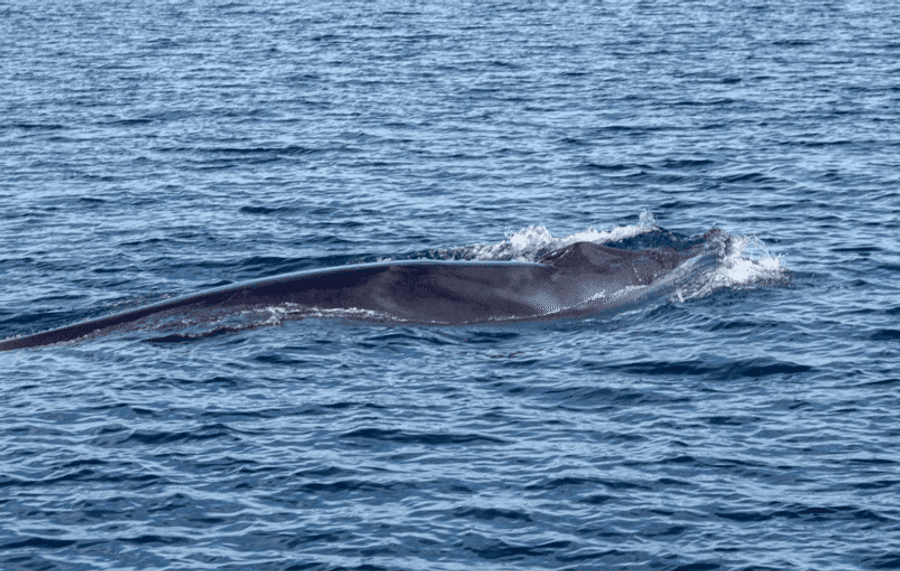
The Captain had warned of incoming bad weather for the following day, but the ORCA team remained positive that it may not be that bad…with an alarm set to assess conditions at 3.30am with a start on deck scheduled for 4am. We awoke to heavy rain, a high sea state and heavy swell. As a team we decided to reassess in an hours’ time where a quick look outside showed thick fog, heavy rain and decks all closed. Although we had arrived at our next port Grundafjordur (a tender port), the high sea state meant we were unable to disembark. An extra day at sea gave us the opportunity to deliver an additional presentation, and Chris presented a talk on humpback whales in the Playhouse Theatre followed by a Wildlife Clinic with the whole team in the Britannia Lounge.
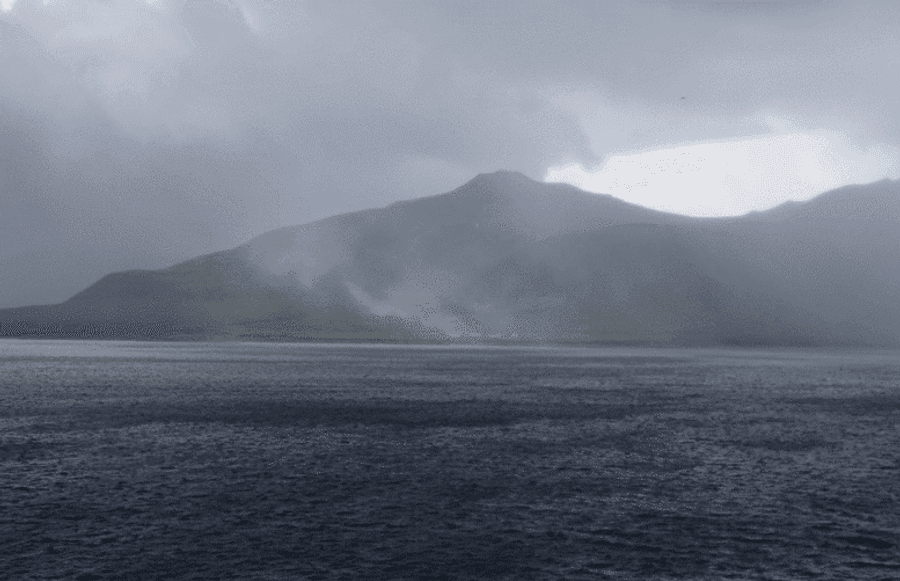
Our last port of call was Heimaey, and wow what a stunning place! The port was too small for us to dock or anchor so we drifted. We drifted next to an island that was home to a large number of kittiwakes and puffins. It was in this magical place that we had an amazing sighting of a pod of orca. Chris alerted the team to the pod crossing the bow of the ship, and we quickly assembled on deck along with many guests to witness incredible views of these animals. The pod stayed with the ship as we departed and we also recorded fin and minke whales.
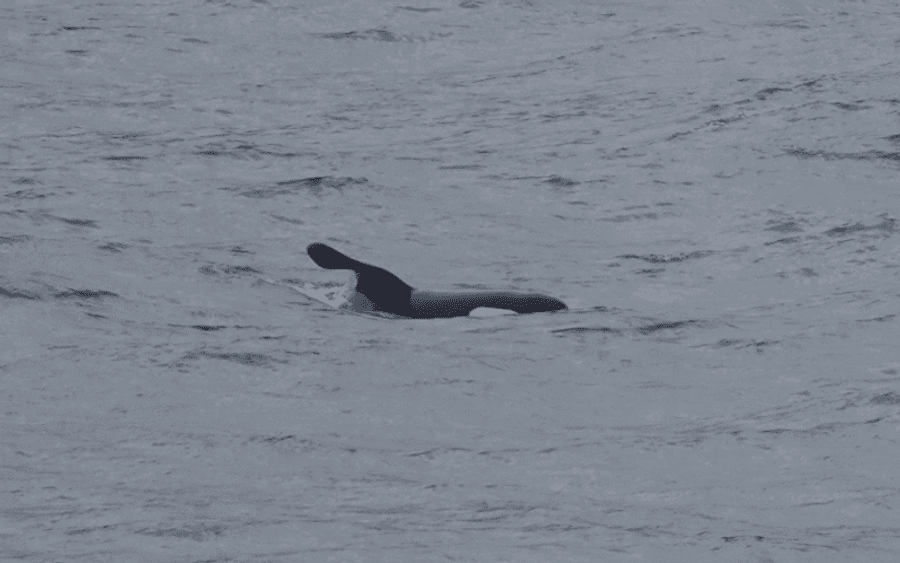
Our last three days of the trip were sea days; the team’s favourite days. On our first sea day we white-beaked dolphins, seen in a mixed pod with pilot whales - a first for this trip. They crossed in front of the bow and steadily made their way down the starboard side of the ship. A little later on we recorded a fin whale and amazingly a pod of six Sowerby’s beaked whales all breaching clear of the water at the same time! Unbeknown to us this was to be our last survey out on deck, but what a way to end!
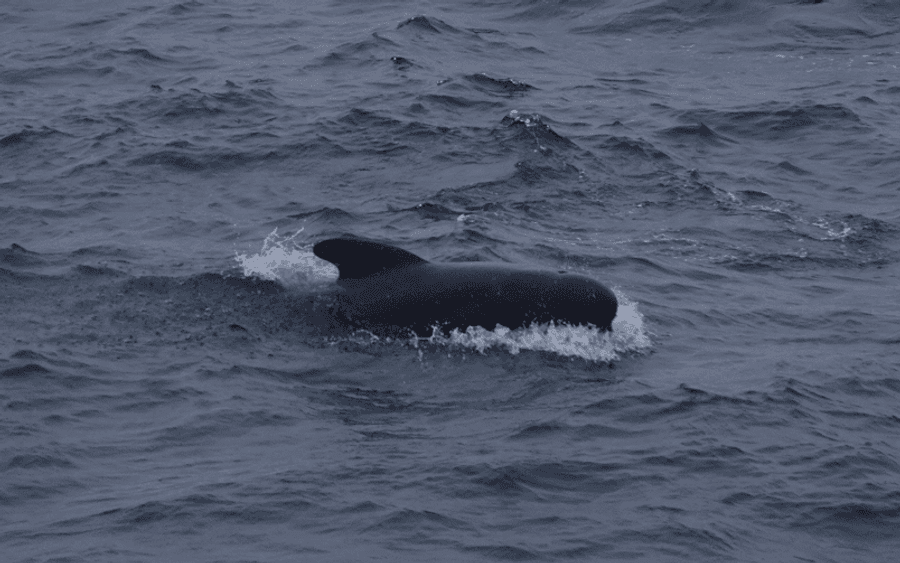
After lunch the weather turned, and as they say at Wimbledon both rain and fog stopped play. The team tried multiple times to get out on deck throughout the day between showers but the rain and fog lowered the visibility to less than 1km making it very difficult to record any cetaceans. The following morning a change of course saw us enter the Pentland Firth however no cetaceans were seen and once again the Captain warned of bad weather. On our last day I delivered a wildlife quiz to guests in the Britannia Lounge and Chris delivered our roundup presentation in the Playhouse Theatre with a summary of all the amazing wildlife seen throughout the trip.
As a team we would like to thank Captain Kreso Volaric, Cruise Directors Corey Williams and Resty Sacedor and the whole crew along with the many guests we spent time out on deck with for a fantastic trip.
Charlotte Bright – ORCA Team Leader
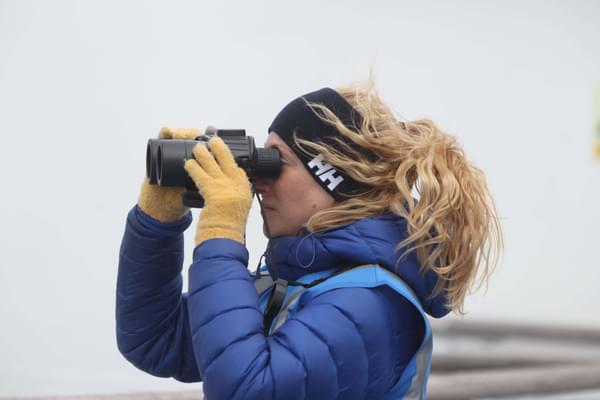
ORCA's wouldn't be able to protect whales and dolphins without the hard work and dedication of an army of incredible citizen science volunteers. Our brand new e-learning courses mean that it's easier than ever before for you to get involved in our conservation work, no matter your background. Visit learn.orca.org.uk today to find out more about our courses and see how simple it is to play your role in protecting these amazing animals.

